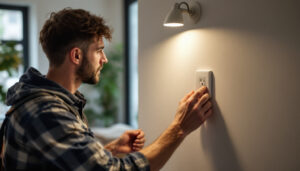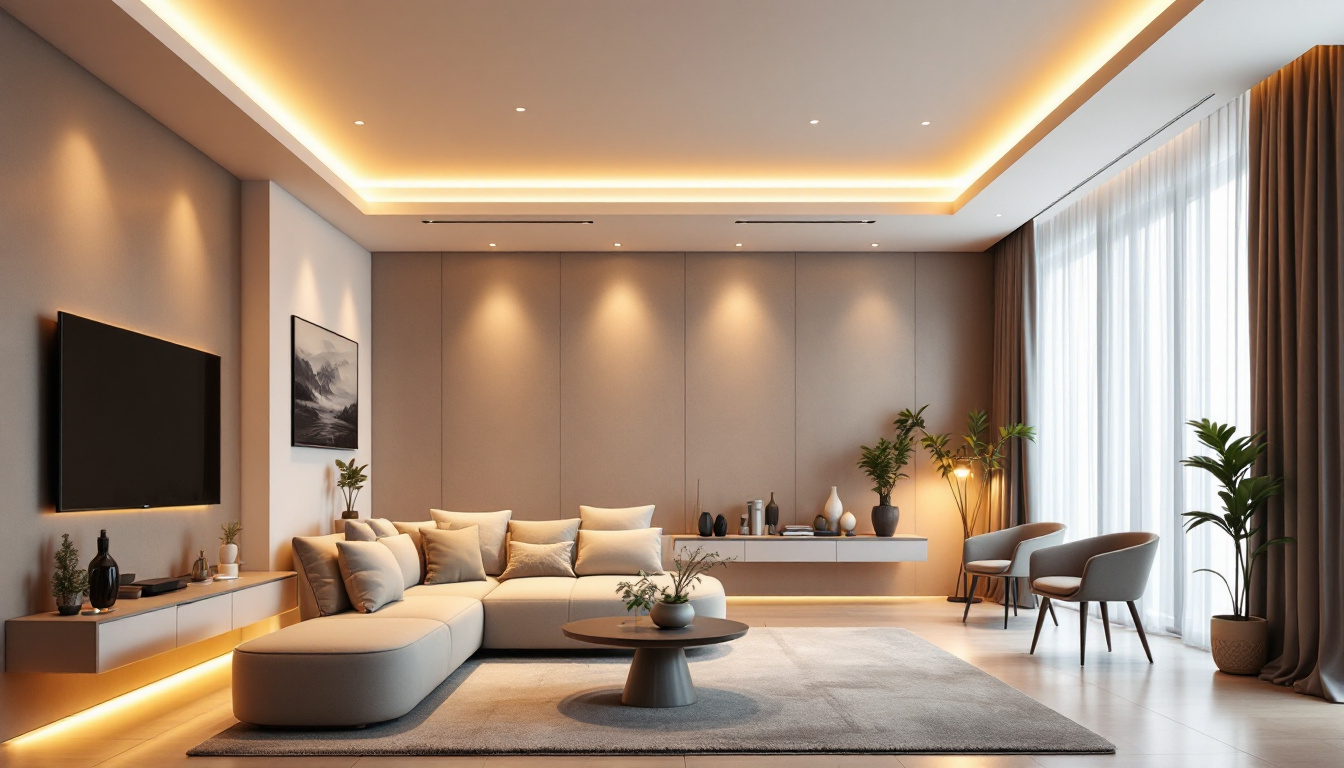

In the ever-evolving world of lighting design, linear LED lights have emerged as a popular choice among contractors and designers alike. Their versatility, energy efficiency, and sleek aesthetics make them an ideal option for various applications, from commercial spaces to residential settings. However, to maximize their benefits, it is essential for lighting contractors to understand the best practices associated with linear LED lighting. This article delves into the key considerations and strategies that can enhance the effectiveness of linear LED installations.
Linear LED lights are characterized by their long, slim design, which allows for seamless integration into various architectural elements. They come in different forms, including strips, tubes, and fixtures, providing flexibility in design and application. Understanding the fundamental aspects of linear LED technology is crucial for contractors aiming to deliver high-quality lighting solutions. The versatility of linear LED lights makes them suitable for a wide range of environments, from residential spaces to commercial settings, enhancing both functionality and aesthetic appeal.
Linear LED lights can be categorized into several types, each serving distinct purposes. The most common types include:
Each type has its advantages and is suited for specific applications. Understanding these differences helps contractors choose the right product for their projects. For instance, LED strip lights are perfect for creating mood lighting in a home theater, while linear fixtures are ideal for office spaces that require bright, even illumination.
When selecting linear LED lights, several features should be taken into account:
By considering these features, contractors can ensure that they meet the specific lighting needs of their clients. Additionally, factors such as energy efficiency ratings and the expected lifespan of the lights should also be evaluated, as these can influence long-term cost savings and sustainability. With advancements in LED technology, many linear options now offer smart features, such as dimming capabilities and color changing, providing even more versatility for modern lighting solutions.
Proper installation is critical for achieving optimal performance from linear LED lights. Adhering to best practices not only enhances the lighting quality but also extends the lifespan of the fixtures.
Before installation, a well-thought-out layout is essential. Consider the following:
Taking the time to plan the layout can lead to a more successful installation and satisfied clients. Additionally, consider the color temperature of the LEDs; warmer tones can create a cozy atmosphere in living spaces, while cooler tones are often preferred in work environments for their ability to enhance focus and productivity. Utilizing lighting design software can also help visualize the layout before installation, ensuring that all factors are considered and allowing for adjustments based on feedback from stakeholders.
Electrical considerations are paramount when installing linear LED lights. Here are some key points to keep in mind:
Addressing these electrical aspects during installation can prevent future issues and enhance the reliability of the lighting system. It’s also wise to incorporate surge protection devices to safeguard against voltage spikes that can damage LED fixtures. Furthermore, consider implementing a dimming system, as this not only allows for energy savings but also provides flexibility in adjusting the ambiance of the space according to different activities or times of day. Regular maintenance checks on electrical connections and drivers can also help in identifying potential issues before they escalate, ensuring that the lighting remains efficient and effective over time.
As energy efficiency becomes increasingly important, linear LED lights stand out for their low energy consumption compared to traditional lighting options. However, contractors can take additional steps to enhance sustainability in their projects.
Incorporating smart controls into linear LED lighting systems can significantly improve energy efficiency. Smart controls include:
These technologies not only enhance energy efficiency but also contribute to a more sustainable approach to lighting design.
Contractors should also consider the materials used in linear LED lights. Opting for products made from sustainable materials can reduce the environmental impact. Look for:
By prioritizing sustainable materials, contractors can contribute to a greener future while meeting client demands for eco-friendly solutions.
Regular maintenance is crucial for ensuring the longevity and performance of linear LED lights. Implementing a maintenance plan can help identify issues before they escalate and prolong the life of the fixtures.
Conducting regular inspections of linear LED installations can help catch potential problems early. Key areas to focus on include:
By staying proactive with inspections, contractors can ensure that their installations remain in top condition.
As technology advances, it may become necessary to replace or upgrade linear LED lights. Consider the following:
By being attentive to replacements and upgrades, contractors can maintain the quality and relevance of their lighting installations.
Linear LED lights offer a wealth of benefits for both contractors and clients, but their effectiveness hinges on the application of best practices throughout the installation and maintenance processes. By understanding the types of linear LED lights, adhering to installation best practices, prioritizing energy efficiency, and planning for ongoing maintenance, lighting contractors can deliver exceptional results. Embracing these best practices not only enhances the quality of lighting installations but also positions contractors as leaders in the ever-competitive lighting industry.
As the demand for energy-efficient and aesthetically pleasing lighting solutions continues to grow, staying informed and adapting to new technologies and practices will be key to success in this dynamic field.
Ready to elevate your lighting installations with the best in linear LED technology? At LumenWholesale, we provide lighting contractors like you with the highest quality, spec-grade lighting products at prices that can’t be beaten. Say goodbye to local distributor markups and hello to our extensive selection that meets rigorous industry standards. With free shipping on bulk orders, you can trust that you’re getting premium lighting solutions at the best value, with no hidden fees. Make your next project shine and experience the unbeatable value of wholesale lighting with LumenWholesale today.

Discover why purchasing flood lights in bulk from local distributors might not be the best choice.

Discover how contemporary industrial lighting solutions can enhance efficiency and boost profits for lighting contractors.

Discover essential insights into LED recessed lighting that every lighting contractor should know.

Discover how to transform your studio with the perfect ceiling lights.
Get notified when NEW deals are released.
Optimize your budget with wholesale discounts.
Only top-quality, specification-grade lighting products.
No additional costs at checkout - what you see is what you pay.
We understand the unique needs of contractors.